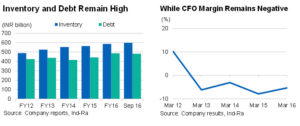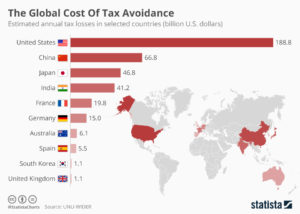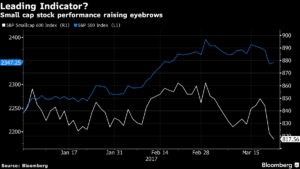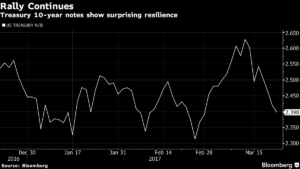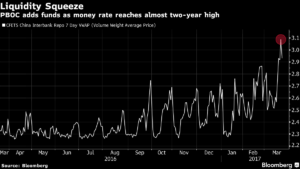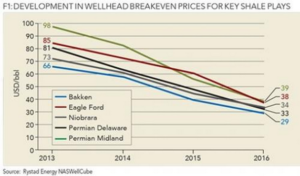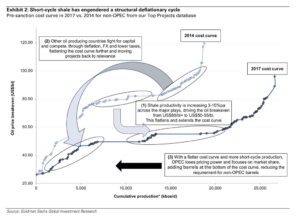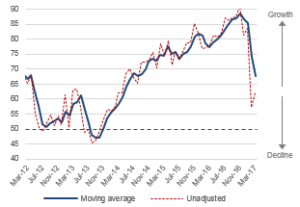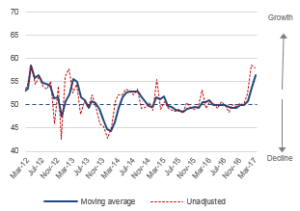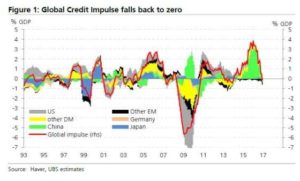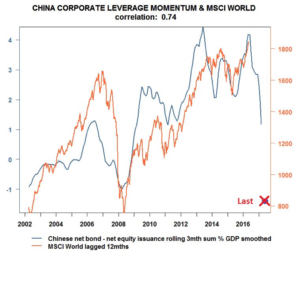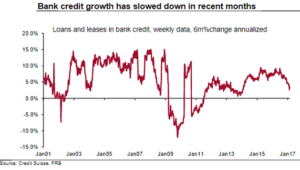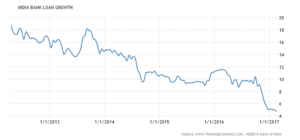These days, robots and algorithms are everywhere, replacing not just manufacturing jobs but all kinds of jobs in air-conditioned offices that paid big salaries and fat bonuses.Blackrock, the world’s largest asset manager, with $ 5.1 trillion in total assets has started a shake-up of its stock picking business, relying more on robots rather than humans to make decisions on what to buy and sell.The firm has dominant position in low-cost, passive investment such as exchange-traded funds.But its stock-picking unit – which depends on money managers to choose investments – has lagged rivals in performance and clients have been withdrawing their money.
The company has taken the view that it is difficult for human beings to beat the market with traditional bets on large U.S. stocks. So the firm on Tuesday announced an overhaul of its actively-managed equities business that will include job losses, pricing changes and a greater emphasis on computer models that inform investments.
BlackRock announced a plan to consolidate $30 billion of their actively managed mutual fund activities with funds that are managed by algorithms and quantitative models. As these software robots take over, “53 stock pickers are expected to step down from their funds. Dozens more are expected to leave the firm,” as the New York Times put it.
“We have to change the ecosystem – that means relying more on big data, artificial intelligence, factors and models within quant and traditional investment strategies,” BlackRock CEO Laurence Fink told The Times.The firm is offering its Main Street customers lower-cost quantitative stock funds that rely on data and computer systems to make predictions, an investment option previously available only to large institutional investors. Some existing funds will merge, get new investment mandates or close.
In a similar vein, “robo-advisors” are starting to give a cheap and hot alternative for many customers , replacing human financial advisors. A lot of the grunt work that used to be done during all-nighters by highly paid law school grads in big law offices is now done by computers.
So job destruction due to automation is not a blue-collar thing anymore. It’s everywhere
In India portfolio managers http://www.business-standard.com/article/markets/majority-of-active-funds-lag-benchmark-returns-in-past-one-year-117032700844_1.html are struggling to beat the benchmark, although over long periods they have beaten their benchmarks.
I believe the structure of indian economy has changed and low inflation coupled with lower nominal GDP is the new normal.Where as high inflation leads to lower barrier of entry in any business and thereby more competition and more companies in any business, low inflation with high cost of compliance and tackling bearucracy kills the enetrpreneurship and competition there by leading to few large succesfull oligopolies in any business. GST will further hasten this process.In this kind of enviroment i think this will lead to more and more fund managers finding it difficult to beat the benchmarks and India will also see emergence of passive funds as new asset class.
